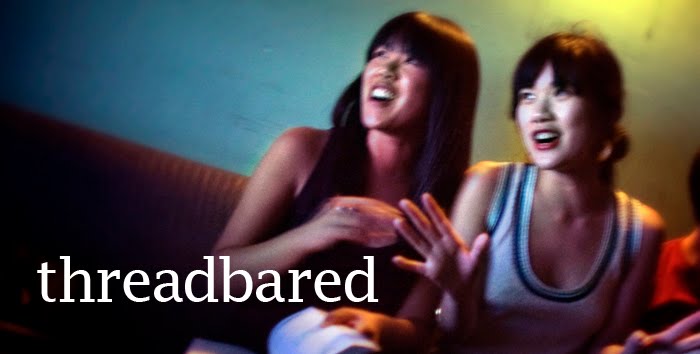I just watched Daphne Guinness’ short film “Phenomenology of Body” which premiered on New York Times T Magazine today. Something of a misnomer, “Phenomenology of Body” doesn’t offer a discussion of bodies but rather a broad survey of archetypal women identifiable by her mode of dress or undress, as is the case with Eve and her terribly trite fig leaf. Each celebrated female figure is rotated in and out in rough chronological order—Eve to Joan of Arc to Marie Antoinette and so on. (There’s definitely a Leni Riefenstahl-esque quality to Guinness’ work.) The film’s dramatic end is a Muslim woman in a red burqa who unveils herself. In the feminist logic of the film, this unveiling is necessary so that she can be included in this Western imagined history of women and fashion.
In a Women’s Wear Daily article, Guinness has this to say about her film: “It’s about the body and the soul, concealing and revealing, empowerment; clothing has always been so political. The message is that we all have the power to choose.”
Mimi and I have been working on companion essays that examine the discursive and ideological operations of fashion and beauty in an age of terrorism. I won’t rehearse our entire arguments here—we’ll let you know when/where the papers are published!—but I do want to say that Guinness’ description eerily echoes the mission statements of other programs and campaigns of “empowerment” that aim to unveil Muslim women and democratize fashion for middle and working class American women by linking fashion and beauty to the language of human rights and civil rights. (I hope Mimi will expand on this in a later post or in the comments!) Of course, “empowerment,” as we see in “Phenomenology of Body,” is wielded in patronizing and imperialist ways that suggest the masses of unfashionably oppressed and oppressively unfashionable women are in need of saving.
27 June 2008
Subscribe to:
Post Comments (Atom)




1 comment:
Wow, this is a REALLY great blog! Keep it up.
Post a Comment